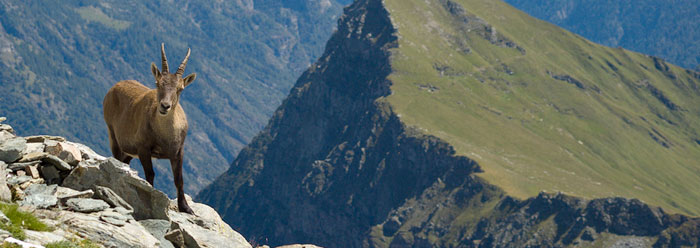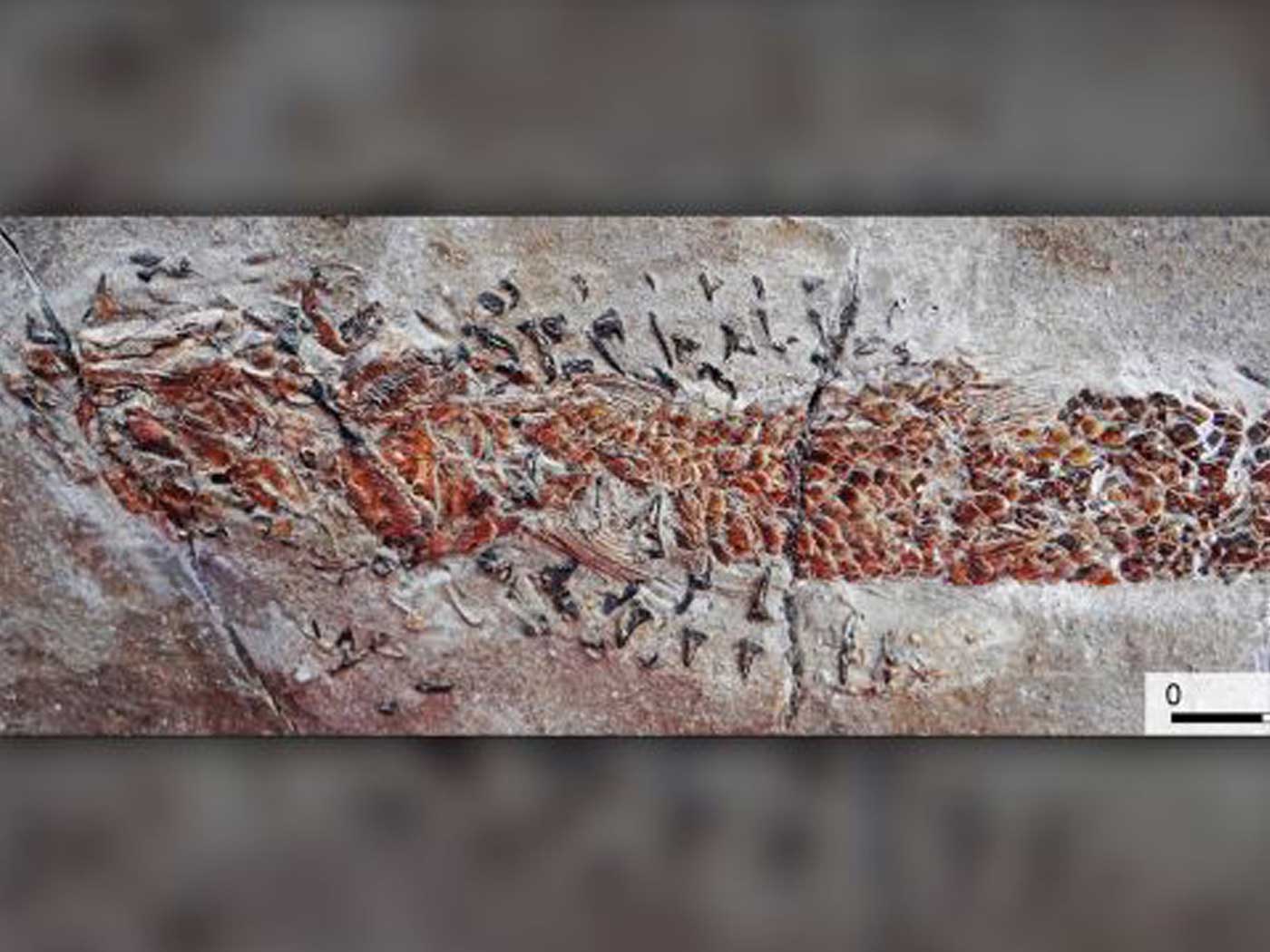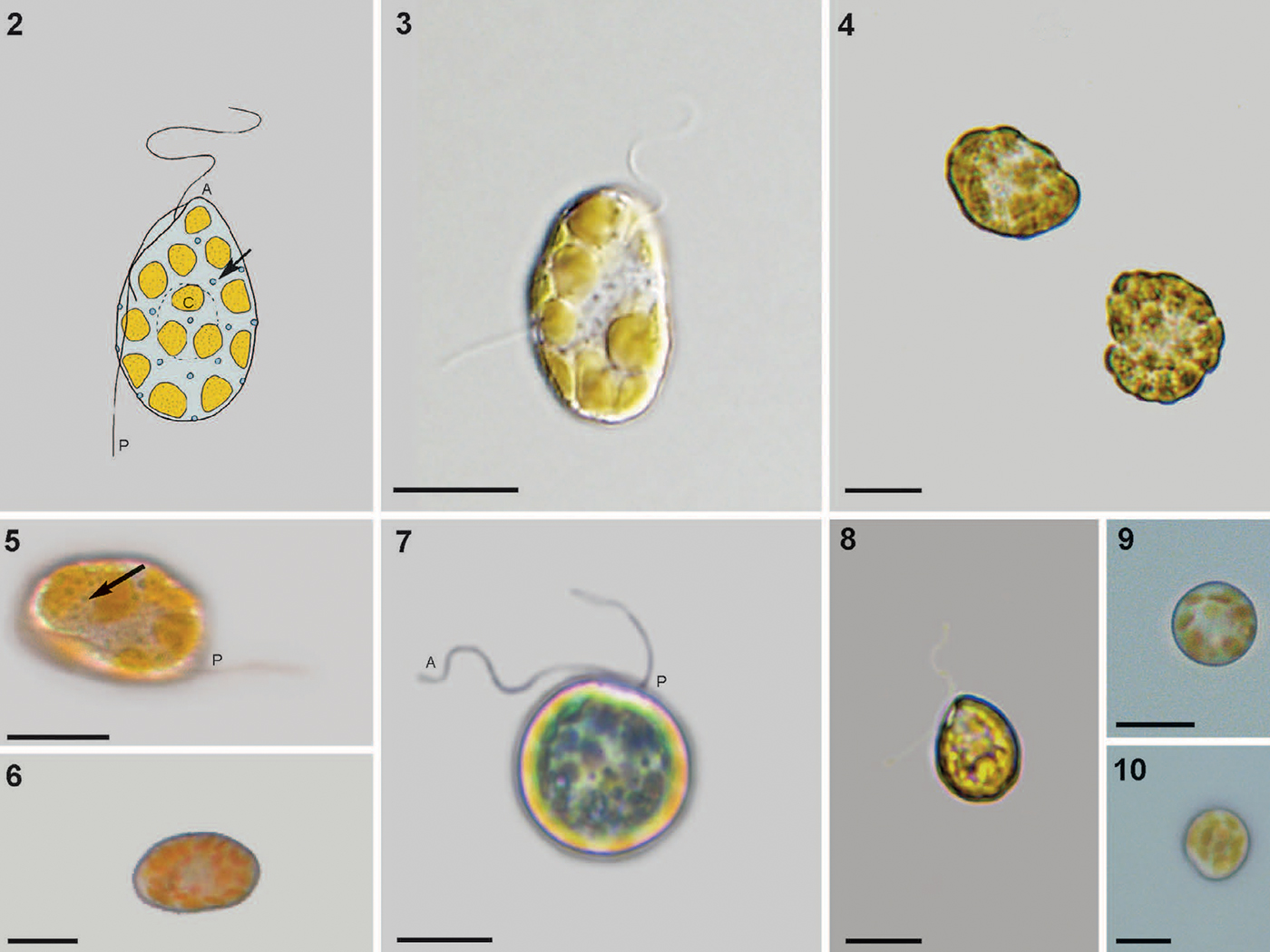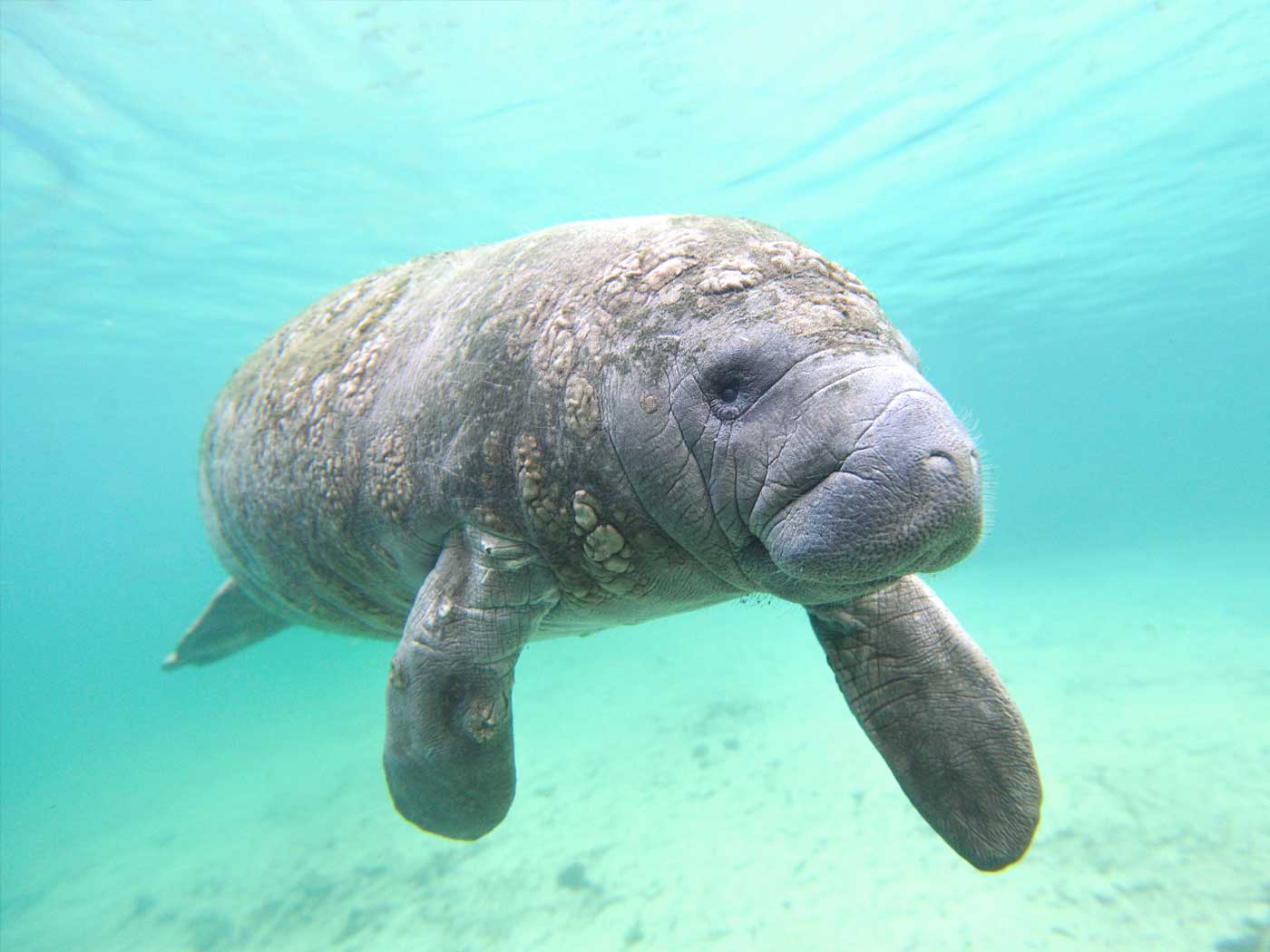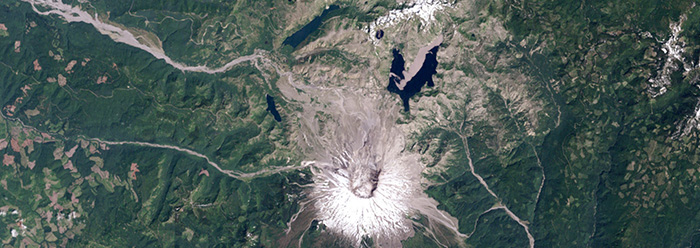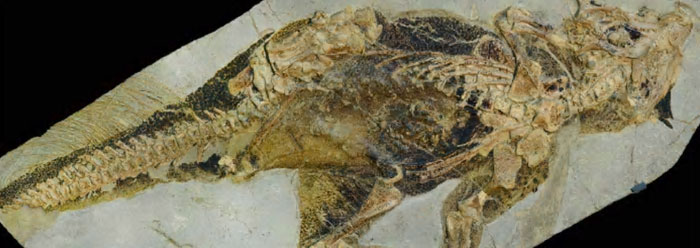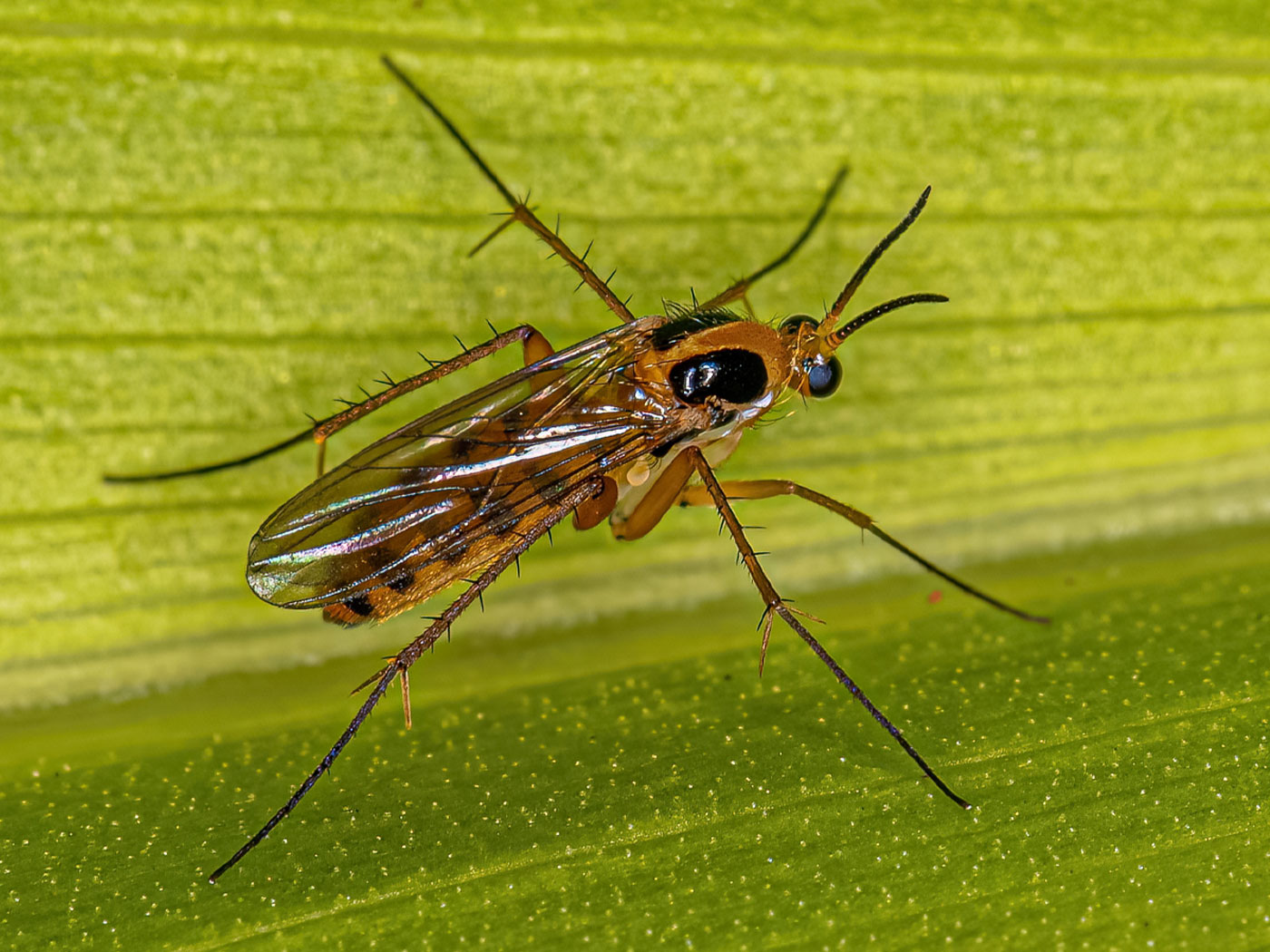The last of a type of wild mountain goat was found dead in the mountains of northern Spain in 2000. The Pyrenean ibex, characterized by its curved horns, was officially declared extinct, but not before tissue samples were collected and preserved in liquid nitrogen.
Scientists used DNA extracted from the samples and, replacing the genetic material in eggs from domestic goats, cloned a female Pyrenean ibex—the first extinct animal to be cloned. Unfortunately, the clone died shortly after birth “due to physical defects in its lungs. Other cloned animals, including sheep, have been born with similar lung defects,” the Telegraph reported.1
Indeed, cloned animals suffer from several common deficiencies, including premature aging due to the starting DNA having shortened telomeres, lengths of DNA occurring at the ends of chromosomes.2 The frozen DNA likely had mutations also. This is because “even when preserved in ice, DNA degrades over time and this leaves gaps in the genetic information required to produce a healthy animal.”1
This form of whole-animal cloning reflects the biblically consistent biological principle of biogenesis, that life begets life. In this case, the preserved DNA was removed from a skin cell and placed into a live goat egg cell. The whole female goat, complete with her womb and an egg, was required to produce the clone. The ibex cloning would not have worked if the embryo had been placed in, for example, a female wolf’s womb. This occurred according to the Creator’s plan, where creatures reproduce after their kinds.
Another observation involves the shortening of telomeric DNA with each cell division and the accumulation of additional DNA damage as the immediate physical causes of aging, which leads to death.3 How did those processes begin? Why do living organisms undergo aging, corruption, and death—unless the Bible’s description of death’s origin is accurate?
It seems that the more complex a system is, the more that can go wrong. Bacteria are essentially self-cloning, can regenerate their telomeric DNA each generation, and are the best adapted to survive in the widest array of environments. If novel life forms arose by natural forces favoring the fittest—as evolutionary theory claims—then bacteria should have been the pinnacle of evolution. “Complex, highly evolved life, like the human, has no reason to appear. So why should these chance mutations plan such complex types of animals?”4
Finally, though DNA is damaged much more easily outside a living cell, damage also adds up over generations, even with the remarkable array of DNA damage detection, prevention, repair, and replacement mechanisms that were engineered into living cells. Not only do cells accumulate damage over time that ultimately leads to death, but 100 mutations per generation in reproductive cells eventually lead to extinction of whole kinds.5 Such accumulated DNA damage may have contributed to the demise of the Pyrenean ibex after 1981 when “just 30 remained.”1 Other species such as the Tasmanian Devil are also showing signs of collapse.6 The observations that whole kinds are nearing extinction due to genetic degradation, and many are already gone, run counter to the evolutionary concept that novel life forms emerge over time.
If whole-animal cloning is going to work, instead of producing one non-viable offspring out of 439 embryos (as this project did), it must somehow restore to an acceptable level the original genetic information by making the required individual DNA base changes. Without a wholesale restoration of uncorrupted DNA, life on earth is doomed to eventually die out.
Thankfully, God has promised to make a “new heaven, and a new earth: for the first heaven and the first earth were passed away.”7 The God of creation will be the God of re-creation. Ultimately, He is the only One capable of performing a true resurrection.
References
- Gray, R. and R. Dobson. Extinct ibex is resurrected by cloning. The Telegraph. Posted on telegraph.co.uk, February 4, 2009, accessed February 6, 2009.
- Xu, J. and X. Yang. 2003. Will cloned animals suffer premature aging – The story at the end of clones' chromosomes. Reproductive Biology and Endocrinology. 1: 105.
- Murphy, M. P. and L. Partridge. 2008. Toward a Control Theory Analysis of Aging. Annual Review of Biochemistry, 77: 777-798.
- Chen, J.Y. Quoted in Heeren, F. J. 2003. Was the First Craniate on the Road to Cognition? A Modern Craniate’s Perspective. Evolution and Cognition. 9 (2): 142-156.
- Sanford, J. et al. 2008. Using Numerical Simulation to Test the Validity of Neo-Darwinian Theory. Proceedings of the Sixth International Conference on Creationism. Pittsburgh, PA: Creation Science Fellowship and Dallas, TX: Institute for Creation Research, 165-175.
- Sherwin, F. Tasmanian Devils: Extinction, not Macroevolution. ICR News. Posted on icr.org July 22, 2008, accessed February 6, 2009.
- Revelation 21:1.
* Mr. Thomas is Science Writer.
Article posted on February 13, 2009.




